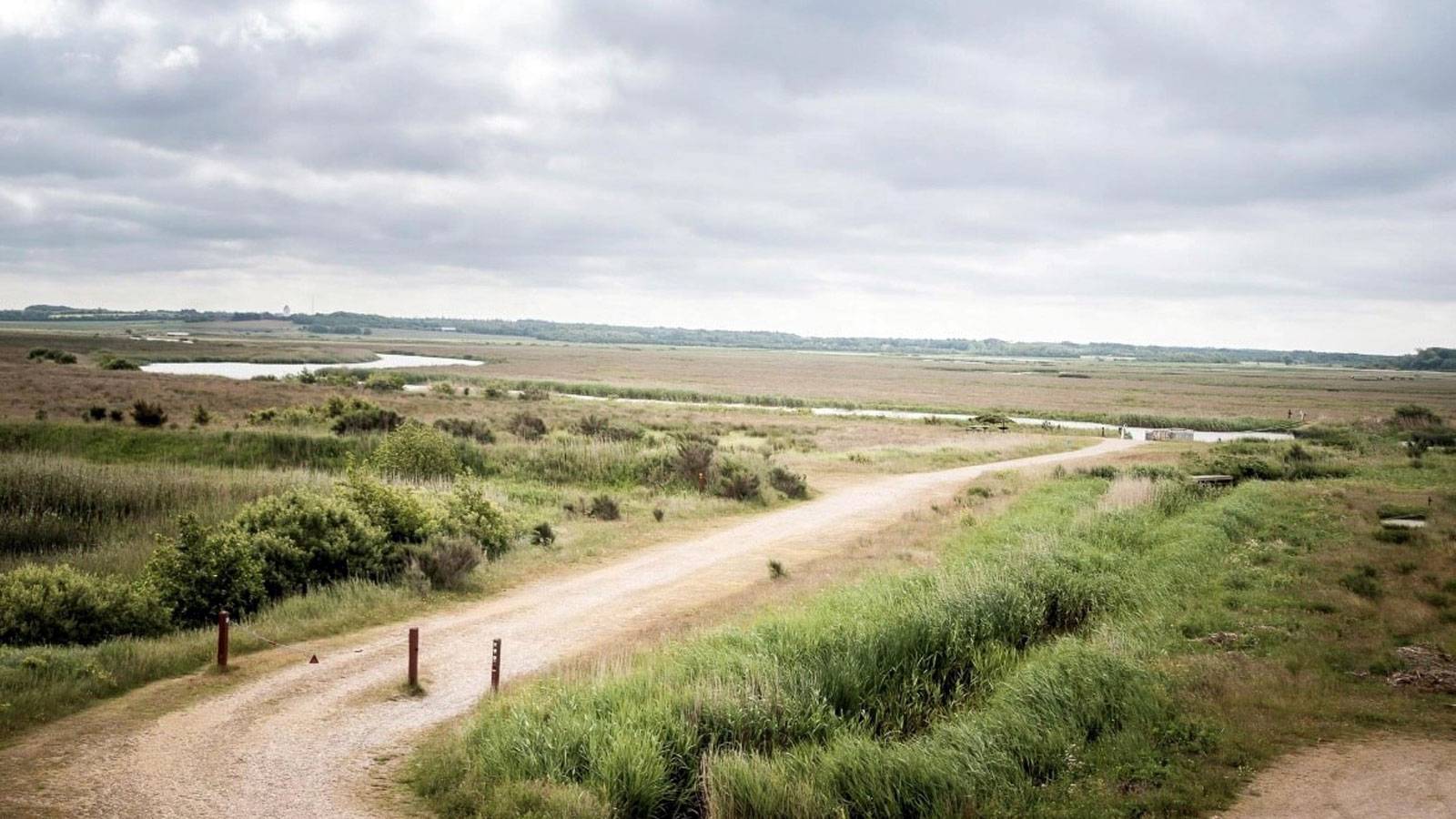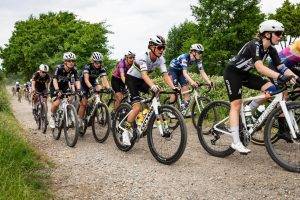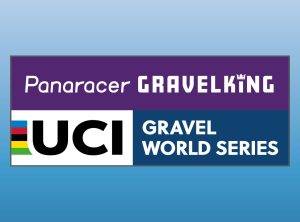The new UCI Gravel race on the most western point of Denmark in the town of Blaavands will take place on May 6 and is organized by former pro rider Mads Christensen and his team who have designed a flat and windy course on the peninsula northwest of Esbjerg.
Mads: “The course seems to be flat and fast with only 380m of elevation over 158km but after having ridden it on a training ride with Casper Asgreen a while ago, we both agreed that it’s harder than you would expect from the elevation profile as lots of these gravel roads are soft gravel. It’s not completely sandy so you can always ride it, but not to be compared with the often rocky gravel that you find in southern Europe.”
What is the split gravel-paved?
“There is 30% asphalt and 70% offroad. After the start riders head towards the lighthouse on the westernmost point of Denmark where they turn on gravel roads after a first 4km of paved roads. There are a few smaller twisty gravel sections following so it’s best to be in front. Afterwards, a long straight stretch of gravel brings the riders through a military camp before hitting the beach.”
The wind will have its impact there?
“Yes, the 2km beach section will most likely have crosswinds from the sea, but all depends on the direction and speed of the wind. Just before the beach, there is a smaller singletrack. We might also have to update certain smaller parts of the course in the next few weeks so the course might still get a small update.”
Looking at the map, I also see longer paved sections?
“We do have three to four 5-6km paved roads spread over the course where it’s best to eat and drink well and recover a bit. Also, the last kilometre and finish is again on a paved road in the centre of Blaavands on a road which goes slightly downhill.”
Most gravel riders use 38 to 42mm tyres in their gravel bikes, but this course requires a wider tyre without too much profile?
“Most of the new gravel bikes on the market can accommodate a tyre width up to 47mm or even wider which might be better as you can then go faster over the soft gravel. I would not use a 38mm tyre on my bike on this course, but better a bit more width and less pressure.”
And the 110km route as qualifier for the older categories?
“It’s the same as the long route, but riders make a shortcut after 43km and don’t do the northern part, but the type of surface is the same…”




